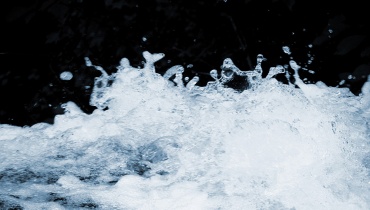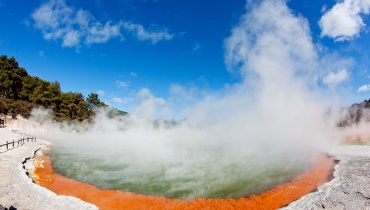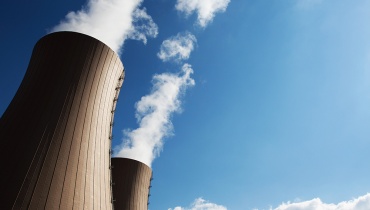Sources of Energy
In the Beginning...
In a Flash
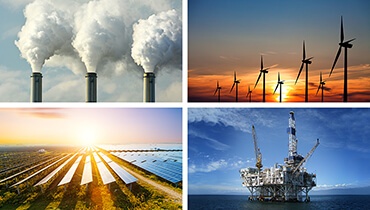
A mix of energy sources are used around the world.
Sources of energy
The energy we use to power everything from our homes to schools and workplaces comes from a variety of different sources. These can be broken down into renewable and non-renewable energy sources.
A renewable energy source is any natural resources that can replace itself quickly and dependably. A non-renewable energy source is a source with a finite supply (in other words, it'll eventually run out).
Burning Questions
What are sources of renewable energy?
Renewable energy sources are plentiful, sustainable and kind to the environment. And the great thing is, they'll never run out!
Here's a quick overview of renewable energy sources – you can find out more on our Renewable Energy page.
What are sources of non-renewable energy?
Non-renewable energy comes from sources that have a limited supply. Most non-renewable energy sources are fossil fuels, which are generally bad news for the environment.
Here are some examples of non-renewable energy sources – check out our Non-Renewable Energy page to learn more.
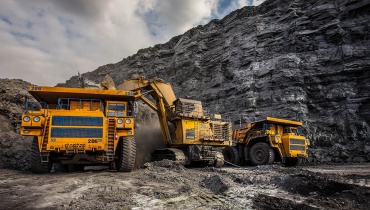
Coal
- Comes from the remains of plants that died hundreds of millions of years ago
- Has the highest level of carbon of all fossil fuels

Oil
- Comes from the remains of plants that died hundreds of millions of years ago
- Can be extracted and refined to make gasoline, diesel and jet fuel
What Do You Mean?
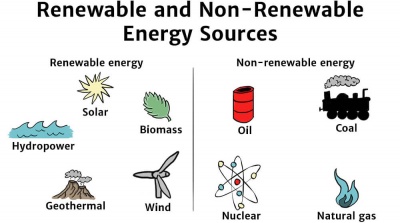
Different kinds of energy sources.
Renewable energy is any natural energy resource that can replace itself quickly and dependably.
Non-renewable energy is a source of energy that will eventually run out. Most are fossil fuels.
Speedy Summary
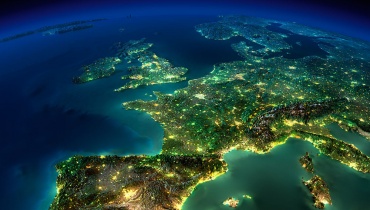
It takes a lot of energy to power the world.
The energy we use to power our world comes from many different sources, which can be classified as either renewable or non-renewable.
Teacher's Toolkit
Take this to the classroom!
Curriculum ready content.



